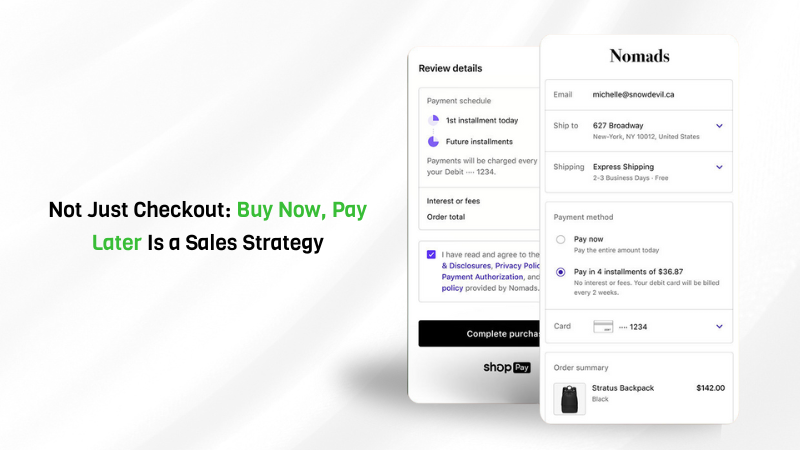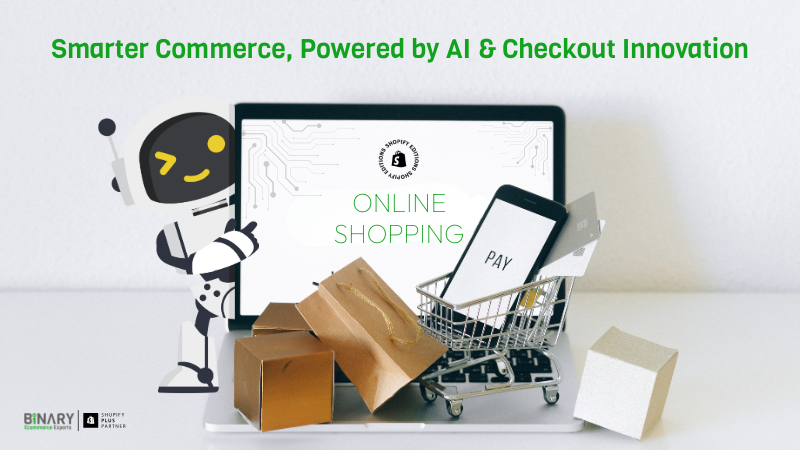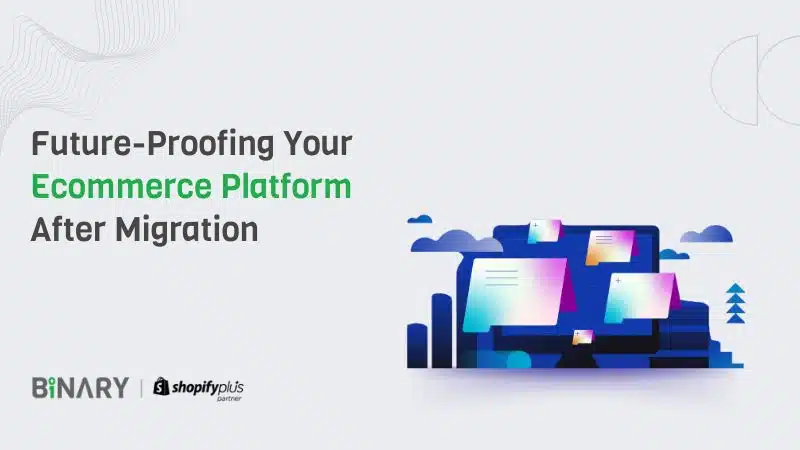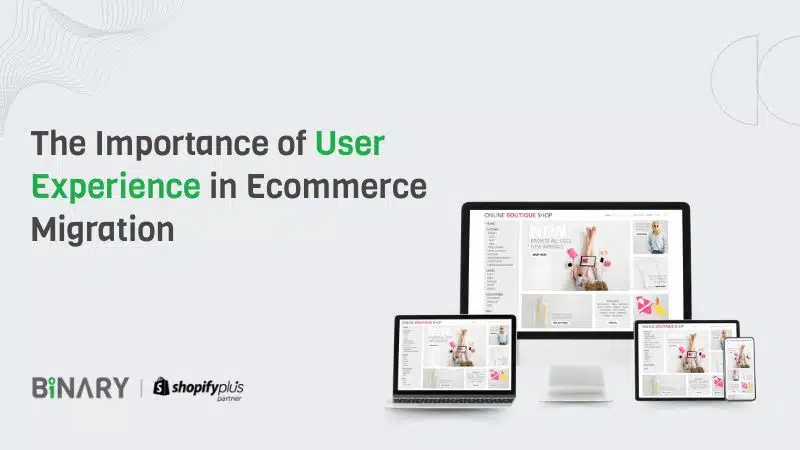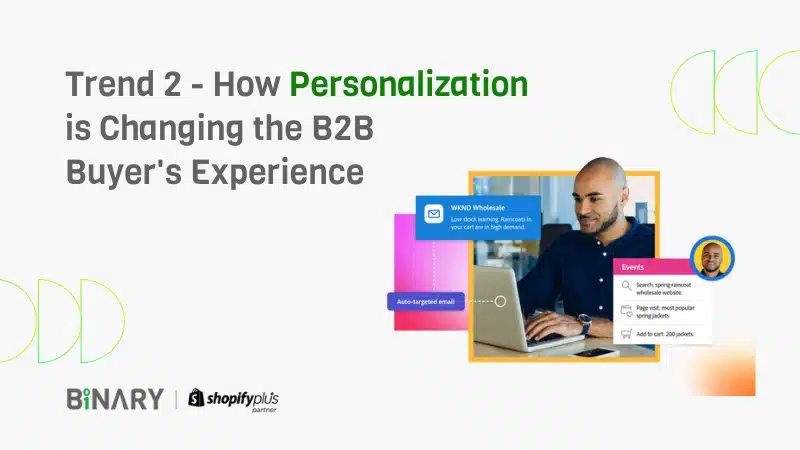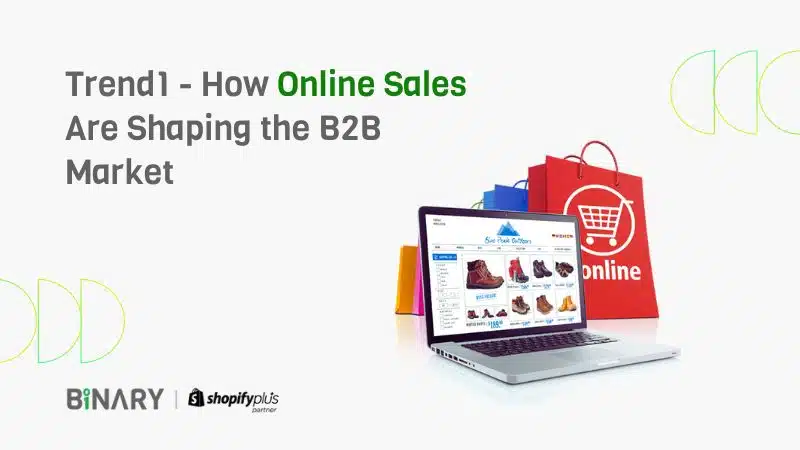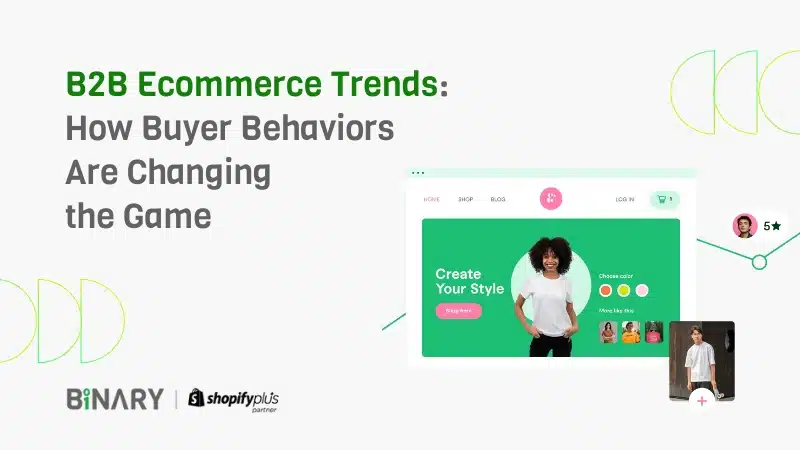In today’s competitive e-commerce landscape, shoppers expect more than just a seamless checkout—they want tailored...
Tag: Shopify B2B
We’ve seen it countless times. A shopper browses your store, adds to the cart, and...
Imagine this: You’re running your E commerce business with the precision of an enterprise and...
Imagine unlocking a toolbox with 150+ brand-new instruments — each one crafted to make your...
Every click matters in today’s digital commerce landscape. However, no moment is more crucial than...
A few months ago, a luxury township project in Punjab—The Anant Aspire—came to us with...
Efficient shipping and pricing strategies are essential for scaling your e-commerce business. Shopify's Summer '24...
B2B e-commerce has unique requirements, and Shopify's Summer '24 Edition introduces several new features designed...
After successfully migrating your ecommerce platform, it's essential to future-proof it to ensure long-term success...
Migrating an ecommerce platform is a significant undertaking that comes with its share of challenges....
User experience (UX) is a critical factor in the success of any ecommerce platform, especially...
The global supply chain has always been the backbone of commerce, ensuring goods reach consumers...
Transitioning from a startup to a scale-up in the space of B2B ecommerce demands strategic...
In the rapidly evolving landscape of B2B ecommerce, identifying and leveraging the right channels is...
Transitioning to B2B ecommerce isn't just about putting products online. It's about reimagining your entire...
Ecommerce isn't just for direct-to-consumer (DTC) brands anymore; B2B companies are also seizing the digital...
Did you know that omnichannel strategies are revolutionizing the way B2B sellers engage with their...
In today's digital age, B2B ecommerce is undergoing a profound transformation, driven by the power...
In recent years, the B2B sales landscape has undergone a seismic shift, with online sales...
The world of B2B commerce is rapidly transforming. As new technologies emerge and buyer expectations...
Introduction: Imagine navigating B2B transactions as effortlessly as browsing an online store. With Shopify B2B,...
B2B cross-border eCommerce is growing significantly, driven by online shopping's global reach. This digital commerce...
Introduction: Entering the B2B e-commerce space with Shopify may seem like a daunting task, but...



